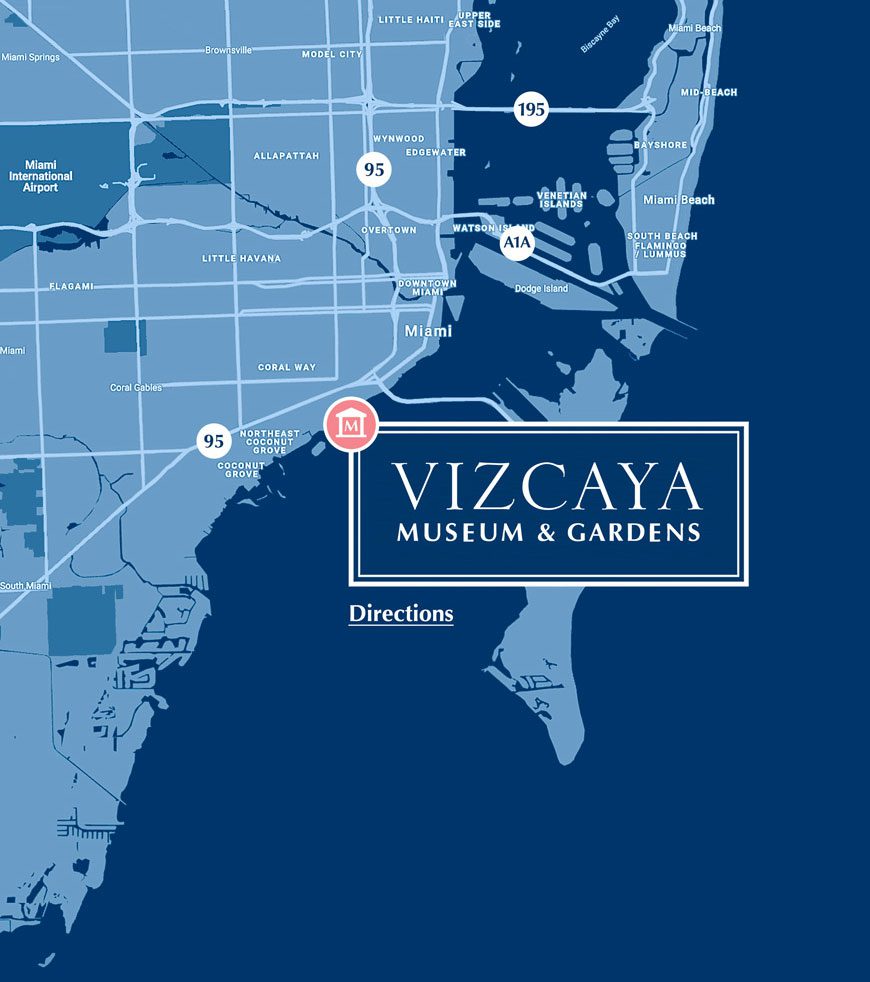This is a landmark year for Vizcaya. The museum is celebrating the 100th anniversary of the formal gardens, which were completed in 1922. While Vizcaya’s gardens are known to be among the most elaborate in the United States, this is not only due to their natural wonders. These exemplary green spaces also hold historic significance due



